Out of Australia comes a report linking a surge in occurrence of a certain breast cancer with poorly produced breast implants. Breast Implant-Associated Anaplastic Large Cell Lymphoma (BIA-ALCL) is an extremely rare and very treatable cancer found among breast augmentation patients.
The article states that Australia has seen a marked increase in cases, although board certified plastic surgeon Dr. Caroline Glicksman of New Jersey thinks some issues are being conflated.
“I think there are two stories here and they’re conflating them,” she shares. “The first issue is, yes, Australia has reported a higher incidence of Breast Implant-Associated ALCL around certain breast implants. But the other part of the story is this company that was using silicone gel from the company PIP, those implants were failing. There is a battle between the two companies as to who has the financial responsibility.”
Is it Really Cheap Breast Implants? Or a “Cheap Procedure/Technique”?
The development of breast implant-associated ALCL is not currently understood, but many surgeons believe it may have less to do with implants themselves and what else accidentally goes into the body during augmentation. Sterility is always an extremely high-priority, and board certified plastic surgeons research and study heavily the best ways to insert implants without any foreign contamination. Less than near perfection can lead to common breast augmentation complications like capsular contracture.
Due to this, and in response to the story from Australia, board certified plastic surgeon Dr. Bruce Van Natta wonders is it the device, or the surgeon? “My experience over the years has been that, ‘It’s never the surgeon, it’s always the device.’ I think this is another example of just that. It’s pretty easy to point fingers at the devices and put the blame there. Really, you’re better to look back at the procedure – who is doing it and how they’re doing it.”
Educating Patients on ALCL
The furor and panic surrounded breast implant-associated ALCL is somewhat overblown when put into general context. The chance of contracting it are incredibly low, with many surgeons having 20-30 year-long careers never having had one patient contract it. Still, the FDA and the surgical societies want to get to the bottom of it nonetheless.
For patients, they need to know that the risks of contracting BIA-ALCL from a breast augmentation are incredibly low when compared to more serious illnesses that can occur without having surgery at all, something like breast cancer. Additionally, while textured implants seem to cause BIA-ALCL more frequently than the others, that does not mean they aren’t safe.
“I use textured implants quite a bit still. I use them when they’re necessary and they’re the best implant for that patient, but it’s about risk,” shares Dr. Glicksman. “It’s also about doing a clean procedure. I should be very careful with what I say, but I have not had an ALCL case in 27 years. Irrespective of that, it’s about risk for patients. They have a 1 in 8 chance of getting breast cancer in their lifetime. If you look at the numbers and the risks of this illness, which is treatable, [BIA-ALCL] is extremely rare. I try to put things in perspective and do the right surgery for each patient.”
Patients who’ve already had breast augmentation or are curious should always consult with a board certified plastic surgeon who performs breast surgery routinely. Not only will they have the latest and non-sensationalized information regarding issues like BIA-ALCL, but they can be trusted to perform surgeries in the most sterile and evidence-based ways available. This key point could be the difference in receiving a rare illness like BIA-ALCL and not.





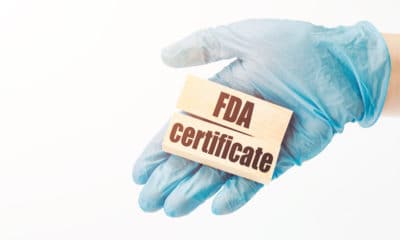
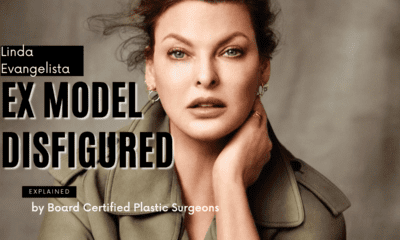

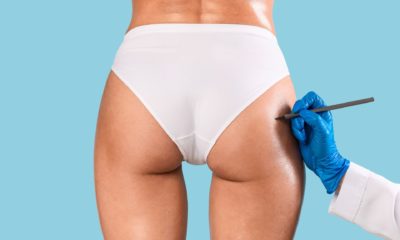

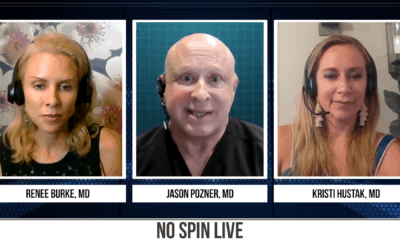
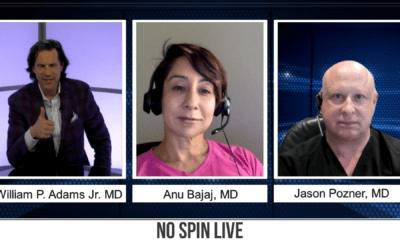






Facebook
Twitter
Instagram
YouTube
RSS